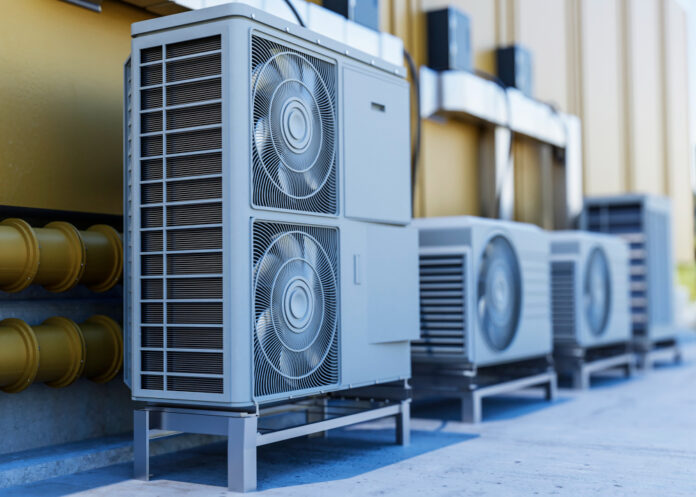Sydney basks in a sunny climate, with summer bringing about average temperatures spanning from 18.6 to 25.8°C (65.5 to 78.4°F). During this season, humidity levels typically peak at 65%. It’s an ideal period to relish the wealth of Sydney’s beaches as water temperatures climb to a comfortable range of 21.9 to 23.7°C (71.4 to 74.7°F).
In the quest to overcome the intense summer heat, installing a reliable Air Conditioning Installation in Sydney is the key to ensuring indoor comfort. Air conditioning installation provides homeowners with essential insights and guidance for mastering climate control in their living spaces.
Choosing the Right System
Before embarking on the installation journey, homeowners must make a crucial decision – selecting the right air conditioning system. Climate change demands efficient cooling solutions, and this choice can significantly impact both comfort and energy efficiency.
-
Split or Ducted: Finding Your Fit
The first choice to make is between split and ducted systems. Split systems are ideal for cooling individual rooms or small spaces, offering flexibility and cost-effectiveness. On the other hand, ducted systems are designed to cool entire homes seamlessly, with hidden ducts providing a uniform temperature throughout.
-
Sizing Matters
A common mistake during installation is choosing an incorrectly sized unit. Ensuring the system matches the size of the space is crucial. Oversized units can lead to short cycling and decreased efficiency, while undersized units will struggle to maintain a comfortable temperature.
Professional Installation
Once the type and size of the air conditioning system are decided upon, it’s time to bring in the professionals. Expert installation ensures the system operates at peak performance and longevity.
-
Finding a Reputable Installer
Homeowners should research and select a trusted HVAC contractor experienced in air conditioning installation. Recommendations, online reviews, and checking for proper licences and certifications help narrow down the options.
-
Site Assessment
A thorough property assessment determines the best placement for indoor and outdoor units. Proper placement can impact efficiency and minimise noise pollution.
-
Installation Process
The installation involves mounting the indoor unit, connecting refrigerant lines, and installing the outdoor condenser unit. The ductwork is set up for ducted systems, ensuring even airflow to all rooms. Electrical connections are carefully made, and the system is meticulously tested for functionality.
Efficiency and Energy Savings
One of the primary reasons for installing an air conditioning system is to create a comfortable environment without breaking the bank. Achieving energy efficiency is essential to keep utility bills in check. Homeowners should schedule routine maintenance to keep the system running smoothly. This includes cleaning filters, checking refrigerant levels, and ensuring all components are in top condition. Installing a smart thermostat allows for precise temperature control and scheduling, optimising energy usage. Some models even adapt to homeowners’ preferences over time. Effective insulation and proper sealing of windows and doors serve to inhibit the escape of cool air and the intrusion of warm air, subsequently lessening the strain on the air conditioning system.
Climate Control Tips
While the installation of a cooling system plays a pivotal role in maintaining indoor comfort, there are additional steps homeowners can take to enhance climate control in their homes. Zoning systems allow homeowners to independently control temperatures in different parts of the house. This could lead to energy savings by only cooling occupied areas. Using natural ventilation during cooler evenings and nights can help reduce reliance on the air conditioning system, lowering energy bills. Installing shading devices and using curtains can block out direct sunlight, preventing excessive heat from entering the home. Dirty filters can obstruct airflow and reduce system efficiency. Homeowners should follow the manufacturer’s recommendations for filter changes.
Conclusion
Mastering climate control through Air Conditioning installation in Sydney is a journey that begins with making informed choices about the type and size of the system. Professional installation ensures optimal performance while focusing on efficiency and energy-saving practices can lead to cost-effective cooling.

